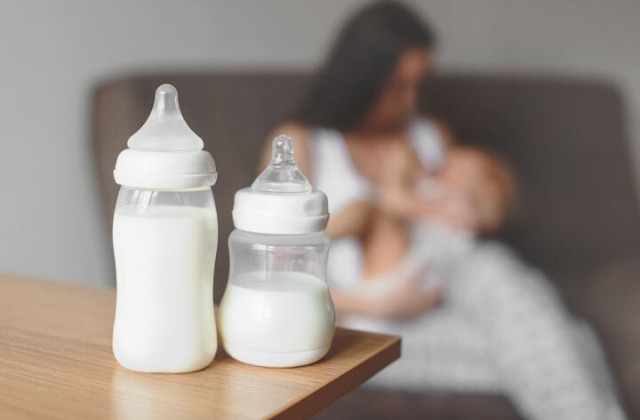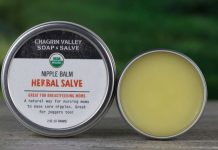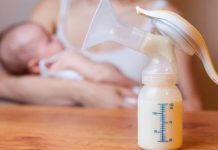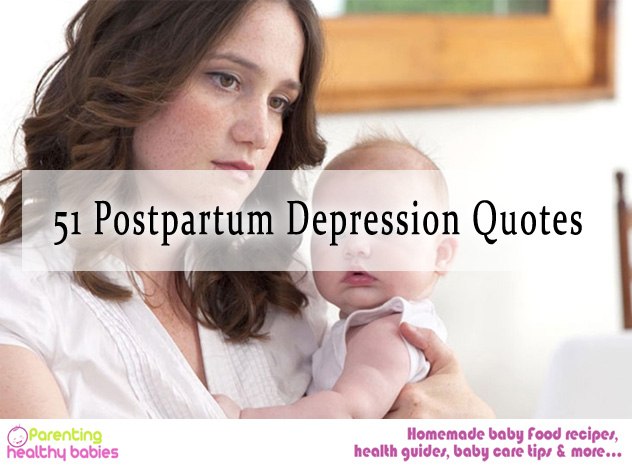Storing, warming and using breast milk is not a recent practice. Moms have been trying this method since we know not when. We all are aware that heat is a battle to germs. This is exactly the reason warm milk is preferred for children. But never try heating milk in the microwave, for it will destroy the useful antibodies present.
In this article:
Why You Should Warm Up Breast Milk?
How to Warm Up Frozen Breast Milk?
How to Warm Up Refrigerated Breast Milk?
How to Not Warm Breast Milk?
How to Warm Up Breast Milk in a Bag?
What Is The Ideal Temperature to Warm Breast Milk?
How Long is Heated Breast Milk Good For?
Precautions to Take
Can I Reheat Already Heated Breast Milk?
How Long is The Shelf Life?
Why You Should Warm Up Breast Milk?
There have been many debates as to whether or not children be given warm breast milk. But this absolutely is a choice of the mother. But did you know that warming breast can help restore the same consistency as that of fresh breast milk? The fat in milk often separates from the solution, and warming the milk will ensure that the fats are consistent in distribution.
Most mothers prefer feeding their child warm breast milk, after having stored it. This is because warming milk will help in improving consistency. At room temperature, the separated fats meltdown and mix with the liquid, thereby retaining the original texture of the milk.
How to Warm Up Frozen Breast Milk?
When you have got frozen milk to warm, make sure you keep it in warm water 15 minutes prior to directly heating it. Bring it down to normal temperature (around 99°F) You can then heat the milk, which eventually will bring down its temperature to normal.
How to Warm Up Refrigerated Breast Milk?
The same procedure must be followed.
The container you store the breast milk, preferably the ones sold under the label of especially meant to store breast milk is to be placed in a beaker with some lukewarm water in it. When it reaches the normal body temperature, remove the container and the milk is ready for consumption!
A trending way of warming up breast milk is to use bottle warmers, which is also quite effective. But remember never to use a microwave.
How to Not Warm Breast Milk?
One very effective method for heating breast milk is time simply use a bottle warmer. The devices are known to heat up the milk evenly, unlike microwaves. Though claimed so by manufacturers, it is of much debate if bottle warmers are actually as good.
Bottom warmers, though, are easy to work with. All you need to do is put the bottle is the warming area and keep track of the amount of heat imparted, so the milk doesn’t get overheated.
How to Warm Up Breast Milk in a Bag?
Breast milk stored in bags is just as easy to warm as when stored in a bottle. Put your breast milk bag into a vessel that contains lukewarm water. Wait until the temperature reaches the normal body temperature. Bottle warmers, a recent choice of young parents is also a great idea, but the temperature should not be allowed to go high. Microwave, as has been mentioned earlier, is not a proper way of warming the milk as the heating is mostly uneven.
What Is The Ideal Temperature to Warm Breast Milk?
Heating breast milk to higher temperatures can affect the nutritional value of the milk and can destroy the antibodies present in the milk. Therefore, it is safe not to heat breast milk above 99°F. It is better not to let the milk boil or heat above 104°F.
How Long is Heated Breast Milk Good For?
How long heated breast milk can actually be good for, actually depends inextricably with the environment around. The more the germs, the harmful it is.
- Breast milk is most safe for consumption even stored at room temperature (25°C).
- Freshly heated milk can last up to four hours, which you can then store if required.
- If you have previously heated, frozen and used the milk, please do not heat it again if two hours have already passed by.
- Insulated coolers, along with ice cubes or bags, have the potential to store breast milk for up to 24 hours.
Precautions to Take
- Breast milk must always be kept stored under hygienic conditions and covered.
- Breast milk must not be stored in any container available. Rather, one should buy containers that are exclusively designed for the storage of human breast milk.
Can I Reheat Already Heated Breast Milk?
Reheating your breast milk is a big “No”. Babies might nibble without actually consuming any milk. After two hours have already passed, the milk may go bad or affected by germs in the atmosphere, and is thus, not fit for consumption.
How Long is The Shelf Life?
It all depends on the amount of milk your baby consumes in a single feeding. Most babies’ intake is about 2-6 ounces. Therefore, it is better not to store more than 6 ounces at once. The fresher the milk, the better and healthy.
Refrigeration of breast milk up to 4 days is acceptable, and in your freezer for about 6 months! Although the milk can be consumed, you might have to compromise with the quality. Fresh milk is much more effective with the antibody action as the healthy antibodies are fresh and active too.
An important thing to remember is that you must never mix fresh breast milk with already frozen milk. In days of work and stress, you can store, refrigerate or freeze breast milk, but the preference is quintessentially freshness.
Conclusion
While most mothers prefer storing breast milk for future use, there are two sides to the coin. Storing breast milk can be really helpful, but a few precautions are to be taken. The shelf life of breast milk is average and is much helpful when traveling. But storing breast milk for long deteriorates the quality of the milk.
Today, there are many ways we can warm up breast milk- be it the conventional method of dipping storage bottles in lukewarm water, or you can even buy a bottle warmer. No matter what the method, the milk must not be heated above normal body temperature, as this might result in the antibodies getting killed.
References:
https://www.ncbi.nlm.nih.gov/pmc/articles/PMC4465021/
https://www.ncbi.nlm.nih.gov/pmc/articles/PMC3140214/
https://www.womenshealth.gov/breastfeeding/pumping-and-storing-breastmilk













